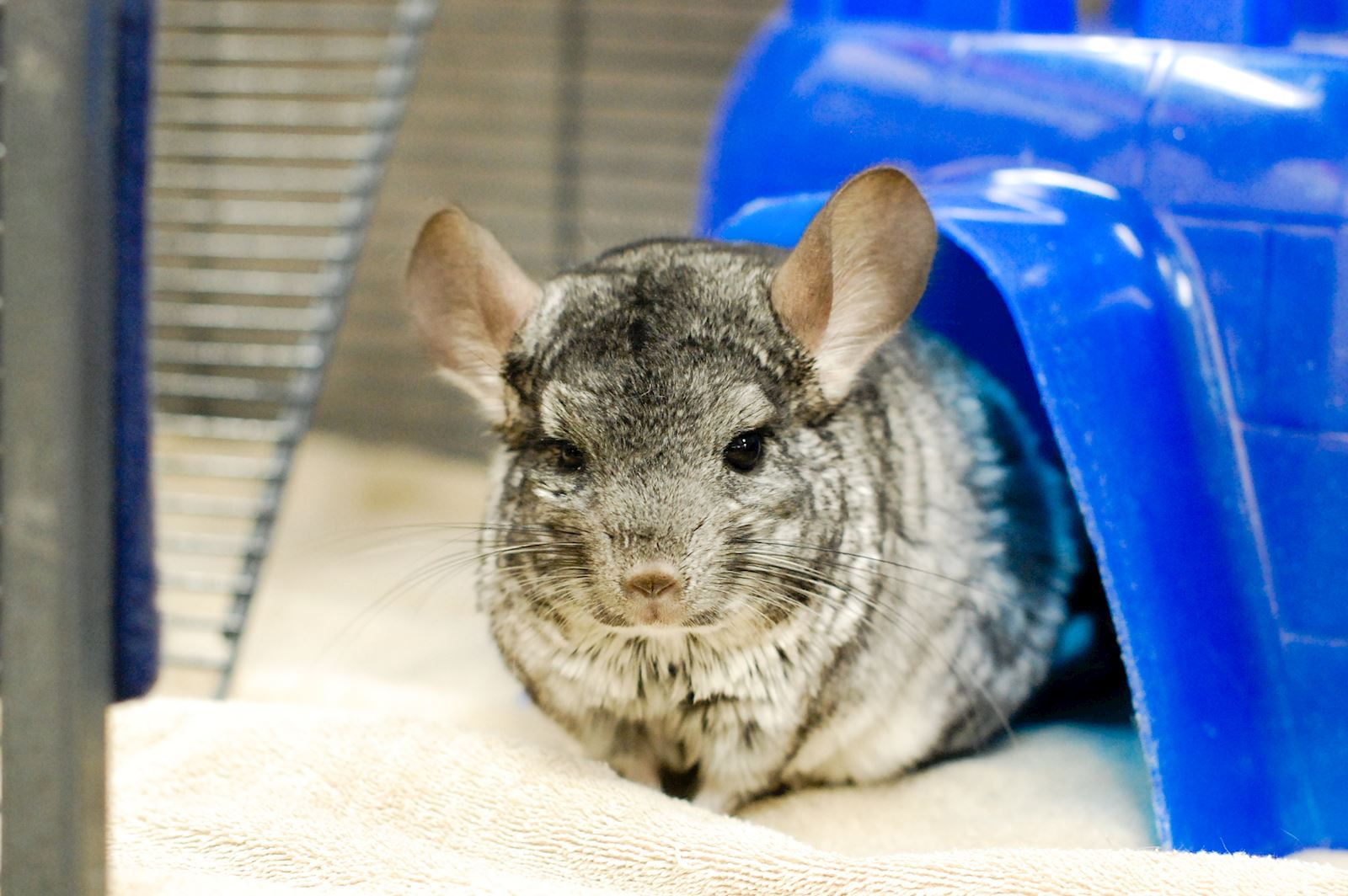Best 5 Blue Tangs to Consider in 2025: Enhance Your Aquarium

Best 5 Blue Tangs to Consider in 2025: Enhance Your Aquarium
As an aquarium enthusiast, incorporating vibrant and lively fish into your setup can significantly enhance the overall aesthetic and health of your marine environment. Blue tangs, scientifically known as Paracanthurus hepatus, are among the top choices for both seasoned and novice aquarists in 2025. These stunning fish are notable for their vivid blue coloration and distinctive yellow tail. Not only do they add color, but they also play a crucial role in maintaining the health of a reef aquarium by grazing on algae.
This article explores five popular blue tang varieties you should consider for your aquarium. Each entry will include essential details such as their care requirements, compatibility with other species, and tips for purchasing them. By the end of this guide, you'll be equipped with the knowledge to make an informed decision about adding these spectacular fish to your collection.
Let's dive into the world of blue tangs, their vibrant varieties, and how to enhance your aquarium experience with them.
Essential Characteristics of Blue Tangs
Before we delve into specific varieties, it's crucial to understand the fundamental characteristics of blue tangs. Blue tangs are renowned for their striking blue bodies, with some variations displaying unique patterns and markings. Their size typically ranges from 12 to 14 inches in captivity, and they can live up to 20 years with proper care. Additionally, blue tangs are herbivorous species and primarily feed on algae, which highlights the importance of providing them with a nutritious and balanced diet.
Blue Tang Varieties
Within the blue tang species, several varieties stand out due to their unique aesthetics and care requirements. Here are some of the most popular blue tang varieties you should consider:
1. Pacific Blue Tang
The Pacific Blue Tang is the classic blue tang species that most people visualize. They are known for their vibrant electric blue hue and eye-catching yellow tail. Suitable for larger aquariums due to their active swimming style, these tangs thrive best in well-established reef setups.
2. Yellow Tang
Though primarily categorized as yellow, the Yellow Tang often has blue accents that make them a visually appealing complement to traditional blue tangs. They are smaller than their Pacific relatives, making them ideal for community tanks with appropriate tank mates.
3. Purple Tang
While not purely blue, the Purple Tang features rich coloration that ranges from deep blue to violet, adding a unique twist to any marine setup. This variety requires more experience in care, as they can be territorial.
4. Sohal Tang
The Sohal Tang is recognized for its striking color contrast, showcasing a deep blue body with bold orange stripes. This species is highly active and requires ample swimming space; thus, a spacious aquarium is a necessity.
5. Kole Tang
The Kole Tang, or Yellow Eye Tang, adds variety with its olive-brown hue contrasted by the distinct blue eyes. This variety is ideal for community tanks due to its peaceful temperament, making it suitable for both beginners and experienced aquarists.
Essential Considerations for Purchasing Blue Tangs
When considering adding a blue tang to your aquarium, it's imperative to understand the various aspects of purchasing these tropical fish. The following tips will guide you in making informed choices regarding the selection and care of your blue tangs.
Where to Buy a Blue Tang
Finding a reputable blue tang supplier is crucial. Local fish stores (LFS) often provide live blue tangs, allowing you to check their health in person. Alternatively, online marketplaces are increasingly popular; however, ensure they offer reliable shipping options and proper acclimatization policies.
Understanding Blue Tang Prices
The blue tang fish price can vary significantly depending on the variety and sourcing conditions. While common varieties like the Pacific Blue Tang may cost less, rarer species like the Sohal Tang may be more expensive. It's prudent to compare prices across various suppliers to find the best blue tang seller.
Shipping and Acclimation Best Practices
If you opt to buy blue tang online, ensure that the shipping method prioritizes the fish's welfare. Temperature-controlled shipping and minimal transit time are key considerations to ensure their health upon arrival. Once received, the acclimation process is vital; introducing these fish to your existing water parameters will minimize stress and promote a successful transition.
Setting Up an Ideal Blue Tang Aquarium
Creating a suitable habitat is essential for the success of your blue tang. Blue tangs require specific environmental parameters to thrive, making an optimal tank setup crucial.
Tank Size Recommendations
A minimum tank size of 75 gallons is recommended for keeping a blue tang, as they are active swimmers that require ample space. Consider the dimensions of your tank as well; a longer tank is preferable over a tall one, allowing for free swimming space.
Water Quality and Management
Maintaining excellent water quality is fundamental for blue tang health. Regular water testing should include parameters such as pH, ammonia, nitrite, and nitrate levels. Blue tangs prefer a pH between 8.1 and 8.4, which mimics their natural habitat.
Filtration and Lighting Needs
Utilizing effective filtration systems with adequate flow rates will help in keeping your aquarium water clean and clear. Additionally, though blue tangs thrive under bright lighting, it's essential to balance it with shaded areas, mimicking natural conditions found in coral reefs.
Feeding and Diet of Blue Tangs
Understanding the feeding habits of blue tangs will help you maintain their health and happiness in your aquarium. As primarily herbivores, their diet should consist of various algae and greens.
Blue Tang Nutrition
Providing a balanced diet that incorporates a high-quality marine algae supplement is essential. Offer foods such as spirulina pellets, nori sheets, and frozen or live varieties to ensure complete nutrition. Regular feeding helps maintain their vibrant colors and active behavior.
Common Dietary Mistakes
Avoid overfeeding, as excess food can lead to poor water quality and health issues. Monitor your fish's feeding habits closely and remove any uneaten food after a few minutes to maintain a clean aquarium environment.
Conclusion: Enhance Your Aquarium Experience
In conclusion, blue tangs are extraordinary additions to any marine aquarium, offering not only vibrant colors but also essential benefits through their natural behaviors. As you weigh your options and consider where to buy blue tangs, remember the importance of establishing a suitable habitat that addresses their needs. Whether you choose the classic Pacific Blue Tang or one of the other stunning varieties, enriching your aquarium with these beautiful fish is sure to create a dynamic aquatic environment.

